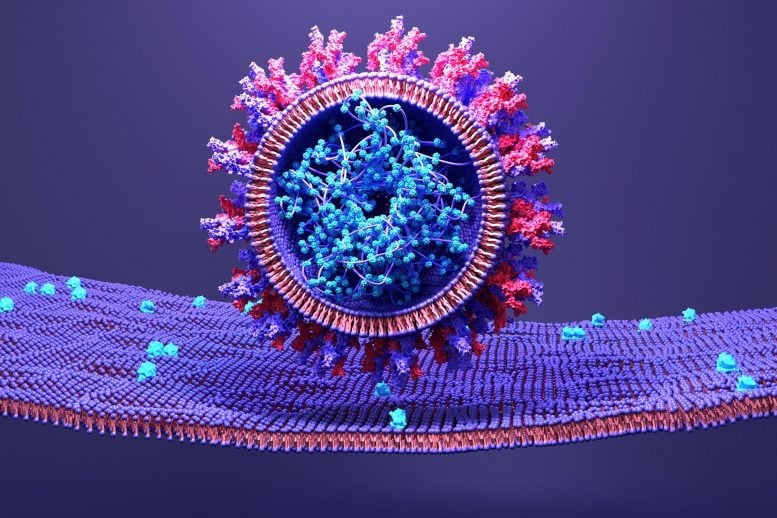
Scientists discovered that the original SARS-CoV-2 strain could bind to sugars called sialic acids on human cells, a trait not retained by later strains such as Delta and Omicron. Utilizing high-resolution imaging and innovative analysis methods, they identified the binding mechanism’s location and investigated its evolutionary significance. This discovery has provided insights into viral transmission and potential zoonotic origin.
The original SARS-CoV-2 strain was found to bind to sialic acids (a class of sugars) on human cells, a trait not seen in later strains. This discovery, made by the Rosalind Franklin Institute and University of Oxford, offers insights into the virus’s transmission and evolution, correlates with previous findings on illness severity, and presents new analysis techniques for exploring viral structures.
The original SARS-CoV-2 viral strain that emerged in early 2020 was able to latch on to sugars known as sialic acids, found on the surface of human cells, an ability that later strains did not retain.
This binding was found using a combination of magnetic resonance and extremely precise high-resolution imaging, conducted at the Rosalind Franklin Institute and University of Oxford, and published recently in the journal Science.
This unique ability in the early strain also raises the possibility that this is how the virus first transferred from animals to humans.
Comparison With Subsequent Variants
Subsequent variants of concern, such as Delta and Omicron, do not have this ability to grab sialic acid and rely on receptors on their crown spikes to attach to proteins called ACE2 on human cells.
Research Methods and Techniques
An international team led by scientists at the Rosalind Franklin Institute used magnetic resonance and complex imaging techniques to investigate further. Using a nuclear magnetic resonance (NMR) spectroscopy technique called saturation transfer difference, they developed a new, sophisticated analysis method to address the complex problem. They have called the technique universal saturation transfer analysis (uSTA).
Professor Ben Davis of the Rosalind Franklin Institute and University of Oxford, one of the paper’s senior authors, said: “Two of the ongoing mysteries of the coronavirus pandemic are the mechanisms behind viral transmission and the origins of the zoonotic leap.
“There is evidence that some influenza viruses can grab sialic acid on the surface of human host cells, and this has been seen in Middle Eastern Respiratory Syndrome (MERS), which is a coronavirus. Although SARS-CoV-2 variants of concern had not shown this mechanism, our research finds that the viral strain that emerged in early 2020 could use this as a way of getting into human cells.”
The Binding Mechanism and Evolution of the Virus
The binding mechanism is found on the end of the N-terminal domain, which is a part of the virus that evolves more rapidly. The domain has previously been implicated in sialic acid binding but until the Rosalind Franklin Institute team applied high-resolution precision imaging and analysis this was unproven.
As to why the virus has discarded the sugar-binding feature as it has evolved into new variants, Professor Davis hypothesizes that it may be necessary for the initial zoonotic leap into humans from animals but can then be hidden until it is required again – particularly if the feature is broadly detrimental to the virus’s mission of replication and infection within humans.
Correlation With Earlier Evidence and Implications
The finding correlates with evidence from the first wave in Italy. The Italian Genomics Consortium saw a correlation between the severity of COVID-19 illness and genetics, as patients with a particular gene mutation – one that affects the type of sialic acid on cells – were underrepresented in intensive care units. This suggested the virus was finding it easier to infect some genotypes compared to others.
Professor James Naismith, Director of the Rosalind Franklin Institute says: “With our ultra-high precision imaging and new method of analysis we can see a previously unknown structure at the very end of the SARS-CoV-2 spike. The amazing thing is that our finding correlates with what the Italian researchers noted in the first wave, suggesting that this was a key role in early infection.
“The new technique can be used by others to shed light on other viral structures and answer extremely detailed questions. This work is an example of the unique technologies the Rosalind Franklin Institute was set up to develop.”
Reference: “Pathogen-sugar interactions revealed by universal saturation transfer analysis” by Charles J. Buchanan, Ben Gaunt, Peter J. Harrison, Yun Yang, Jiwei Liu, Aziz Khan, Andrew M. Giltrap, Audrey Le Bas, Philip N. Ward, Kapil Gupta, Maud Dumoux, Tiong Kit Tan, Lisa Schimaski, Sergio Daga, Nicola Picchiotti, Margherita Baldassarri, Elisa Benetti, Chiara Fallerini, Francesca Fava, Annarita Giliberti, Panagiotis I. Koukos, Matthew J. Davy, Abirami Lakshminarayanan, Xiaochao Xue, Georgios Papadakis, Lachlan P. Deimel, Virgínia Casablancas-Antràs, Timothy D. W. Claridge, Alexandre M. J. J. Bonvin, Quentin J. Sattentau, Simone Furini, Marco Gori, Jiandong Huo, Raymond J. Owens, Christiane Schaffitzel, Imre Berger, Alessandra Renieri, GEN-COVID Multicenter Study, James H. Naismith, Andrew J. Baldwin and Benjamin G. Davis, 23 June 2023, Science.
DOI: 10.1126/science.abm3125




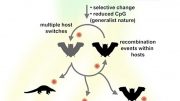
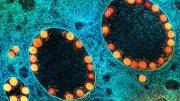
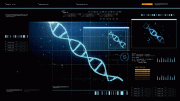
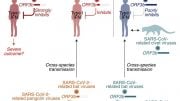
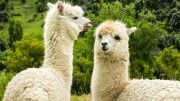
Interest finding after almost 3 years. What we need is Forever working Vaccine. This kind of Experiments are waste of time. Ask someone like Trump who was president and is more intelligent. He also had COVID in the earliest months of the Pandemic. Well, come back to reality. Take 1000 just laid Chicken Eggs. Introduce into their Zygote/Blastula, 1 Different Infected Mouse Gene. See What happens after hatching. Why the Field of Genetics is not evolving by leaps and bounds even in 2023? People are more interested in Corrupt Politics(Excessive than needed) and Stupid Olympics(Animals beat Humans in Every respect, Except in Brain). Just like in previous decades, Encyclopedia had matter on most matters, now Youtube which is only a couple of decades old has Info. about Everything on Earth – Even Old Movies or New ones for extra Dollars to while away time. No more need to read Books now. May be still needed for growing Kids. Money is/was drained in different areas until now. Not Saluting the Human Conscience…but sticking deeply to the Heart/Soul Trash for Business purposes !